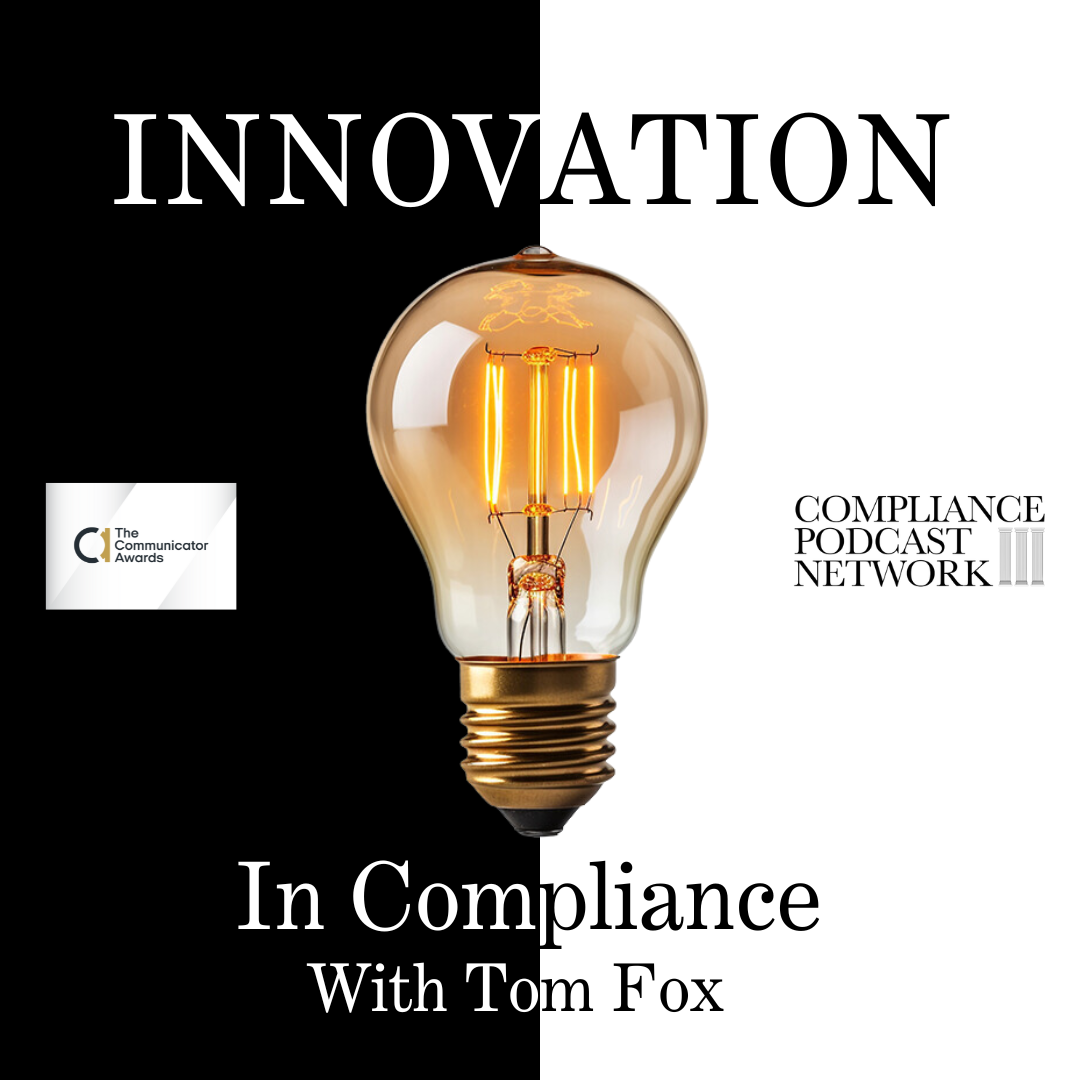In a recent episode of the podcast Innovation in Compliance, I had the pleasure of speaking with Jennifer Arnold, a leading expert in anti-money laundering (AML) and the co-founder of Minerva, a cutting-edge investigation and screening platform. Our conversation explored her professional journey, the current AML landscape, and how Minerva is leveraging AI to revolutionize financial crime investigations.
Arnold’s career began in some of Canada’s largest banks, including CIBC and BMO, and extended to Wells Fargo. Her role at these institutions involved designing and deploying anti-financial crime programs. However, this work’s manual nature and challenges led her to co-found Minerva. She said, “I grew incredibly frustrated with how that work was getting done…so I left, took my work best friend, and we started Minerva.”
Minerva, named after the Roman goddess of defensive battle strategy, reflects Arnold’s view of AML as a strategic defense mechanism. The company’s primary customers include financial services providers, banks, credit unions, centralized crypto exchanges, and fintech companies.
One of the most significant challenges financial institutions face is the pervasive issue of false positives. These are instances where a compliance system flags a transaction or individual as potentially suspicious despite no illicit activity. Dealing with false positives can be time-consuming and resource-intensive, diverting valuable investigative resources from genuine threats.
However, a new breed of AI-powered AML solutions is emerging to address this challenge head-on. One such innovative platform is Minerva, which has been specifically designed to tackle the false positive problem through the power of data and natural language processing. Arnold noted that using “data and natural language processing to distinguish between subjects, you can provide a nuanced view of risk and significantly reduce false positives.” This is a game-changer for compliance teams, who can now focus on high-priority, high-risk cases rather than chasing down false alarms.
The key is to leverage advanced AI and machine learning algorithms to analyze vast troves of data in real-time. Unlike traditional AML systems that often rely on static rules and rigid parameters, Minerva’s deep learning platform can dynamically adapt to the rapidly changing sanctions landscape and evolving financial crime tactics.
Arnold noted, “In the last 24 to 36 months, the volume and frequency of changes in sanctions lists have increased dramatically. “It’s crucial for technologies to access data in real-time to ensure compliance and mitigate risks effectively.” Minerva’s real-time data integration capabilities enable financial institutions to stay ahead of the curve, ensuring their AML programs are always up-to-date and responsive to the latest threats.
But data alone is not enough. Effective AML also requires robust identity verification (IDV) processes to establish a clear understanding of the customer and their associated risks. As Jennifer emphasized, “If you took a perfect look at the customer at the beginning of the relationship, you have a much better chance of understanding what risk is walking in your door.”
Using IDV capabilities to leverage AI and machine learning to analyze millions of data points, you can enable compliance teams to differentiate between subjects accurately. By creating a comprehensive and nuanced view of each customer, an entity resolution algorithm can significantly reduce false positives plaguing traditional AML systems.
Beyond identifying potential risks, any system must add documentation and compliance reporting as key outputs. Final reports provide a clear data lineage for every piece of information, allowing financial institutions to demonstrate their adherence to regulatory requirements. “If they wanted a roadmap to recreate the investigation, they have everything they need,” she said, highlighting the importance of this feature for compliance professionals who must regularly report to regulators.
As with all AI solutions and tools, the human element remains crucial. It should act as a “co-pilot, assisting investigators by automating routine tasks and providing rapid insights, but the final analysis and decision-making still rest with seasoned compliance experts.” Looking ahead, Arnold foresees a significant shift in the AML landscape, moving from a reactive to a more proactive, real-time approach. “To fulfill the promise of AML—identifying, detecting, deterring, preventing, and predicting financial crime—a move towards real-time data sharing and analysis is essential,” she said.
The evolving landscape of AML and innovative approaches are being developed to tackle financial crime. By leveraging advanced technologies to reduce false positives, access real-time data, and enhance identity verification, your organization can pave the way for a new era of compliance in which financial institutions can focus on what truly matters: protecting the integrity of the global financial system.




